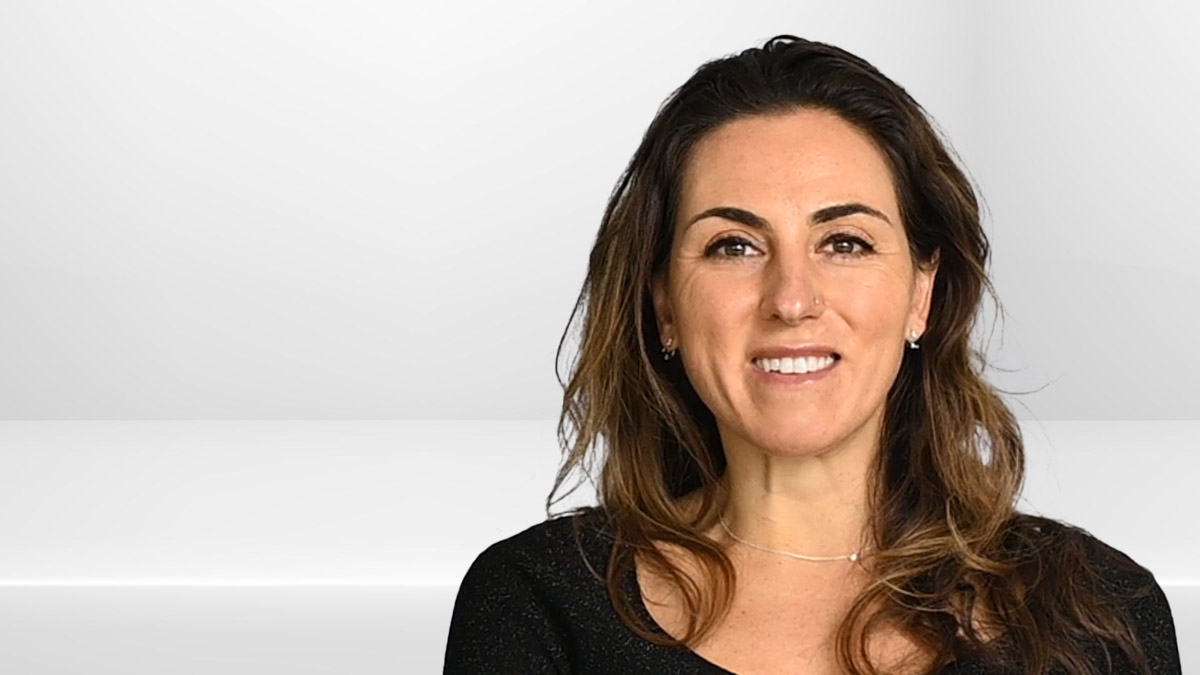What is a Low Sodium Diet? How to Start and Stick With It

A low sodium diet may mean making some big changes in the way you eat. Sodium is found naturally in some foods but is also added to many foods, which can make lowering your intake challenging.
Julia Zumpano, a registered dietician from the Preventive Cardiology Program at Cleveland Clinic, explains the current recommendations for sodium intake and how to get started lowering your intake. It is important to read nutrition labels to ensure you are not going over your recommended limit.
Learn more about the Preventive Cardiology Program at Cleveland Clinic.
Learn more about a low-sodium diet.
Subscribe: Apple Podcasts | Podcast Addict | Buzzsprout | Spotify
What is a Low Sodium Diet? How to Start and Stick With It
Podcast Transcript
Announcer:
Welcome to Love Your Heart, brought to you by Cleveland Clinic's Sydell and Arnold Miller Family Heart, Vascular and Thoracic Institute. These podcasts will help you learn more about your heart, thoracic, and vascular systems, ways to stay healthy, and information about diseases and treatment options. Enjoy.
Julia Zumpano, RD, LD:
Hello, my name is Julia Zumpano. I'm a registered dietician with the Department of Preventive Cardiology at the Cleveland Clinic. Oftentimes I get asked what is a low sodium diet? A low sodium diet is less than 2,400 milligrams of sodium a day. That's equivalent to about a teaspoon of salt. Most heart patients need to restrict their sodium to even less than this. No more than 2,000 milligrams of sodium is recommended for some patients with high blood pressure or congestive heart failure.
Julia Zumpano, RD, LD:
The first step I suggest my patients take is to eliminate any salt they're adding to their diet. Also avoiding any seasonings that contain salt, such as garlic or onion salt, meat tenderizers, or any high sodium condiments, such as soy or teriyaki sauce.
Julia Zumpano, RD, LD:
The next step would be reading labels. Comparing labels really helps my patients understand which foods are high and low in sodium. Foods that are low in sodium are fresh foods, such as fruits, vegetables, grains, and fresh meats, oils and nuts. Those are all acceptable foods on a low sodium diet.
Julia Zumpano, RD, LD:
High sodium foods are processed foods such as processed meats, processed cheeses, box prepared side dishes, snack foods, frozen foods and most foods eaten out.
Julia Zumpano, RD, LD:
Keep in mind that our taste buds can change over time. A low sodium diet may seem bland at first, but the more you follow it, your taste buds will adjust, and foods that you are normally used to eating will taste very salty.
Julia Zumpano, RD, LD:
A good means of transitioning from a high salt to a low salt diet is to utilize herbs and seasonings, spices and really enhancing the flavor of your foods with as many spices and herbs and seasonings and low sodium condiments as possible. Keep all these tips in mind when following a low sodium diet. Thank you.
Announcer:
Thank you for listening. We hope you enjoyed the podcast. We welcome your comments and feedback. Please contact us at heart@ccf.org. Like what you heard? Subscribe wherever you get your podcasts or listen at clevelandclinic.org/loveyourheartpodcast.

Love Your Heart
A Cleveland Clinic podcast to help you learn more about heart and vascular disease and conditions affecting your chest. We explore prevention, diagnostic tests, medical and surgical treatments, new innovations and more.


